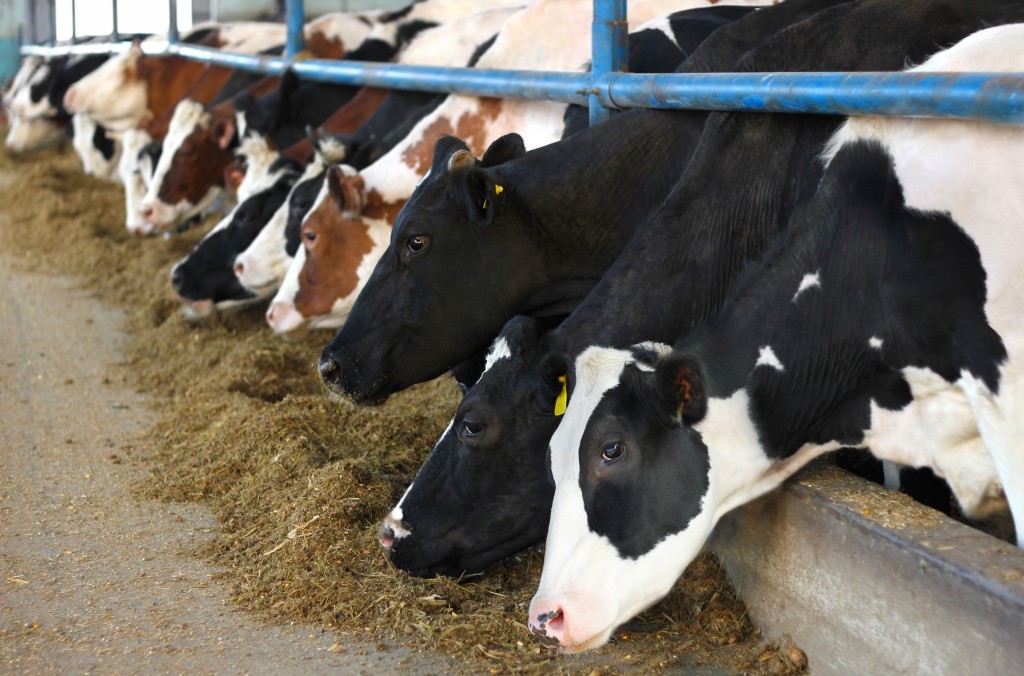Milk and other dairy products are an essential part of most people’s diets. But if you run a dairy farm, you know that proper and safe handling of the milk production business is a delicate affair; there are many potential sources of contamination, which leads to costly product waste or even worse health risks. Here are the measures you can take to prevent contamination at your dairy operations.
Health and cleanliness
Not all animals on a dairy farm are capable of producing milk that’s fit for human consumption. Cows can have udder infections or exhibit symptoms such as fever or diarrhea, and animals on medication can’t be milked for human consumption until the end of the treatment period.
The health and well-being of your animals are strongly linked to the cleanliness of their housing. As much as possible, the entire structure should be impervious and screened off from outside contaminants such as dust, birds or insects. The design of the facility should accommodate at least one cubicle for each cow, with comfortable and absorbent bedding – this will help reduce soiling and keep animals clean. Bedding should be completely changed out every 4-6 weeks. All loose yards, passageways, and cubicles must be cleaned out daily of dung, feed, and other possible sources of contamination.
Milking operations
When your personnel carry out milking procedures, all contact surfaces must be kept clean. Operators should wear clean gloves and clothing, and wash their hands and forearms. The animals’ teats, udders, and nearby body areas such as the flanks, hindquarters, abdomen and tail should also be cleaned with a disinfectant, before cluster attachment. This removes dirt and bacteria, reducing the risk of contamination.
Your milking environment must also be kept clean with either hot circulation cleaning or washing with an acid or hypochlorite solution. A strong supply of potable water to the area is necessary, to ensure that all equipment used can be cleaned, disinfected, and rinsed right after milking.
Fore-milking is commonly used in milking operations. This lets you test for any physical or chemical abnormalities in the milk, disposes of possibly contaminated milk from the teat canal, and test for and prevent udder infections from contaminating other animals in the herd.
Storage

All areas where milk is to be cooled and stored must be kept in accordance with strict standards of food hygiene. Storage tanks and pipes must be kept clean and sealed; if an inspection reveals any damage, the necessary maintenance should be taken immediately. Find a welding rotator for sale that can handle such heavy-duty work, and keep it on-site to quickly undertake repairs.
Your storage room needs to be free-draining to minimize contamination. Proper natural ventilation is ideal for preventing condensation, but fan assistance can be used. Sufficient illumination must be achieved entirely through artificial lighting, as exposure to sunlight can cause milk to turn rancid.
Storage areas must be restricted to that purpose. Minimize foot traffic and keep non-essential personnel or activities outside this area. Proper and timely waste disposal, and physical sealing off of the storage room, is vital to controlling the presence of rodents, vermin, and other pests.
Dairy products are a staple of the food industry, and most people don’t consider the difficulties involved in their production. Follow these safety steps at your operations to ensure a clean and hygienic environment, and avoid the risks of contamination throughout the process.

